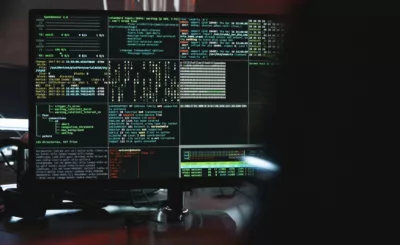Michael Feathers recently wrote about boutique software shops. He drew a parallel between master chefs and software shops and made a few great points to which I’d like to respond:
“So, where are the high-end restaurants of software development? One place to look is in the ‘boutique software shops.’ I don’t know where I first heard that term, but for me it is a ‘catch all’ for all of the small software development houses that I see springing up all over the place.”
This is an interesting phenomenon. I am not sure if this has always happened or if I am paying attention more to boutique shops now that I am a part of one. 8th Light is an 8 craftsmen software shop that started in 2006 with the goal of writing high quality software. No teaching, coaching, staff augmentation. Just writing software, with the idea that focusing on proving quality has a high correlation to success.
I agree with the high-end software shop analogy. If you take a small team of trained craftsmen focused on doing their best work, the result is most often a very strong culture of quality.
Ramsay creates this strong culture of quality through a theatrical performance of yelling and screaming at failure. There are other ways for masters to do the same thing. Micah Martin, the 8th Light master craftsman, creates this strong culture by setting an example of writing good code and holding yourself to a constantly higher standard.
This is the common thread that I have seen through these boutique shops–they all have an owner who is a technical leader who creates a strong culture where (excuse the pun) failure is just not an option.
There are other similarities like strong discipline, small teams, cutting edge technologies, and ability to develop strong skill sets in developers, are all direct descendants of strong leadership.
“It’s not that development teams need ux people, it’s more like ux teams need developers.”
I partially agree with Michael. I think this statement can be replaced with any critical specialization in the domain of software applications.
The reason ux is getting a spotlight is because, as Michael notes, we have stuck ux on the back burner for so long. In the last few years though, the expectations from users of software have luckily skyrocketed.
It is no longer okay to plow through features, but they need to be simple, attractive, and intuitive. When I worked with Gilberto Medrano in 2005, he talked about the ux revolution that was coming.
In 2006, he created a ux design while at 8th Light that continues to impress 3 years later (in web application years, that is a lifetime).I can no longer stand an application which is not aesthetically pleasing.
It doesn’t matter how cool the feature set–which is a weird statement to come from a developer.
This is an argument for craftsmen teams. Craftsmen have many tools in their bag, and ux is one of them. Part of being a craftsman is to know enough about ux that you can talk to an expert as well as do some ux.
Just like a ux expert craftsman can dabble in code. A craftsmen has many shallow skills as well as a few very deep skills. Craftsmen teams have individuals with diverse expertise talents and a common knowledge of intermediate and beginner talents.
It is very fun to be on these teams, when the work is one which has “aesthetic” quality as well as a quality “feature set.”





